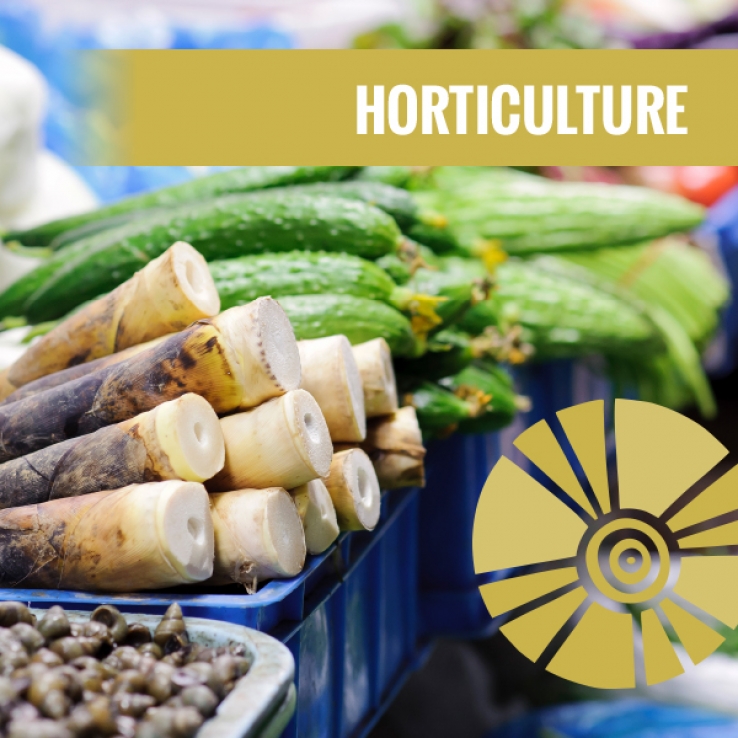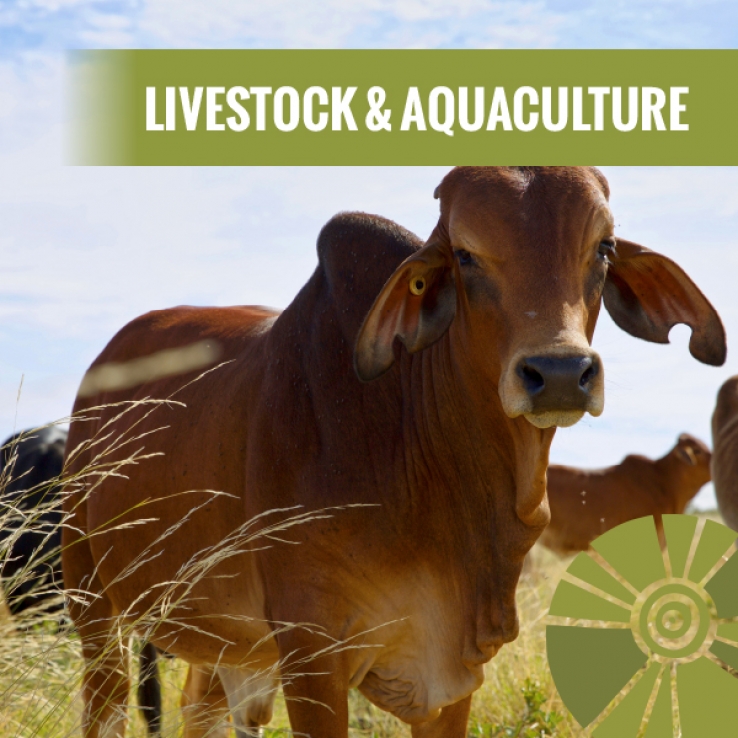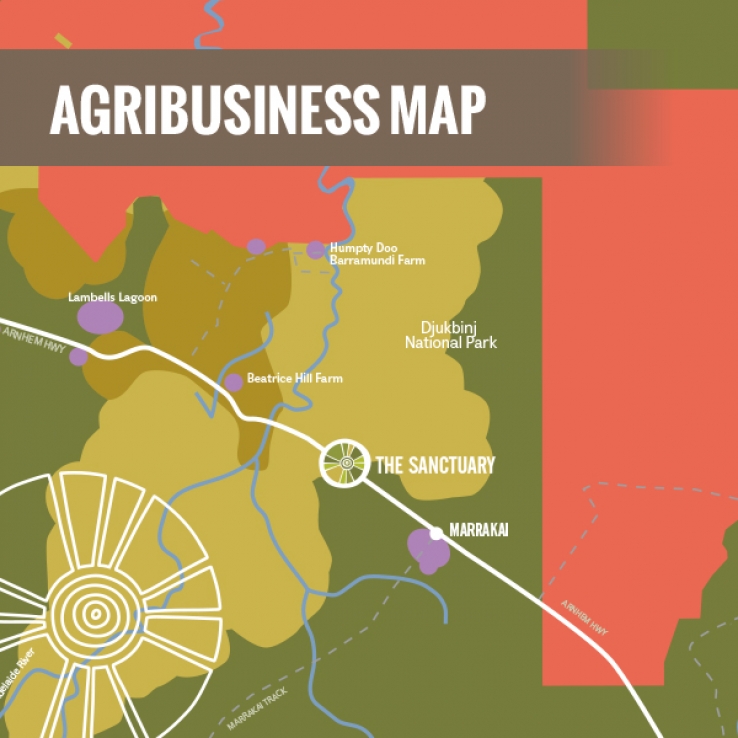Rising Agribusiness
Rising Growth of Local Agribusiness
The phenomenal growth of the region’s agribusiness continues to rise, generating hundreds of millions into the economy and creating more jobs every year. Much of the surrounding land is pastoral that supply both national and international markets. The Port of Darwin is recognised as one of the world’s largest ports for live cattle exports. The emerging buffalo industry has also achieved great success in recent times largely credited to the work of the NT Buffalo Industry Council and the innovative work of Australia’s only buffalo research centre at Beatrice Hill – a short distance from The Sanctuary.
The Humpty Doo Barramundi fish farm is another great success story of the area. Expansion plans have commenced with a $57.6 million investment plan in place – around half has been funded through the Australian Government’s Northern Australian Infrastructure Facility (NAIF).
The region surrounding The Sanctuary is the hub of the Territory’s horticulture industry. Over half of Australia’s mangoes are grown in this area and their harvest numbers grow from strength-to-strength each year – rising from $44 million five years ago to a record $70 million in 2019. A further $100 million is also generated from other crops including melons, pineapples, exotic Asian fruit and vegetables as well as turf. These crops have also more than doubled their value over the past five years. The NT Government has recently released an EOI for the Wildman Agriculture Precinct, 26,000 hectares of prime agricultural crown land. Located just a short distance from The Sanctuary, this precinct will facilitate the exponential growth and development of even more fruit crops, hay, cattle and buffalo with potential niche markets such as Kakadu Plums and rain-fed forestry.
These established and emerging Agribusinesses are surrounded by protected conservation reserves, totalling approximately a quarter of the region. The managed conservation area and these industries within it, share a balanced and harmonious working relationship, which goes a long way in proving that both industry and the environment can successfully partner with each other and attain a long, sustainable future.


